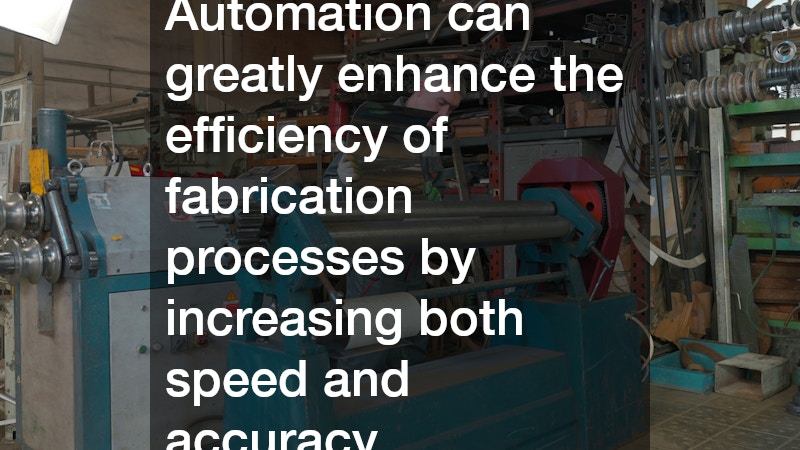Sheet metal fabrication is a complex yet rewarding process that requires a blend of precision, skill, and creativity. This guide aims to provide valuable insights into mastering the craft, addressing common queries, and sharing expert tips for streamlined operations.
What are the best practices for measuring and cutting sheet metal?
Accurate Measurement Techniques
Precision in measurement lays the foundation for successful sheet metal fabrication. Calipers, rulers, and gauges are essential tools that, when used effectively, ensure flawless outcomes in your projects.
Fabricators understand that even minor errors in measurement can lead to significant problems. By double-checking measurements and maintaining careful attention to detail, precision becomes second nature. Some fabricators also employ digital measuring tools to further enhance accuracy. These tools can provide readouts with small tolerances, thus reducing the margin of error in critical projects.
Effective Cutting Methods
Understanding the various cutting techniques available is crucial to improving the sheet metal fabrication process. Traditional methods like shears are useful but have limitations in terms of precision and complexity. Modern equipment like plasma cutters and laser cutters offer a unique blend of speed and accuracy. These tools allow for intricate designs and can handle a wide array of materials, making them versatile in a fabrication setting. Despite their advantages, each cutting method comes with its own set of challenges and costs. Evaluating the benefits and limitations of each method will enable better decision-making based on project requirements.
How do you select the right material for a project?
Material Properties and Applications
Choosing the appropriate material for a project is crucial to its success and depends on several factors, including strength and flexibility. Aluminum, for instance, is favored for its lightweight properties, while steel is preferred for its durability and strength. Copper, although highly conductive and appealing for certain aesthetic purposes, may not always be the best choice for structural applications. Each material’s properties influence its applicability in different fabrication scenarios.
Cost-Effectiveness and Availability
Balancing project requirements with budget constraints and material availability is an ongoing challenge in the fabrication industry. Prices for materials can fluctuate based on market demand and geographical location, increasing the complexity of the decision-making process. To make cost-effective choices, fabricators should establish good relationships with suppliers. Bulk purchasing and long-term contracts can help in securing better rates and ensuring a steady supply of materials.
What safety precautions should be taken during sheet metal fabrication?
Personal Protective Equipment (PPE)
Safety is paramount in any fabrication workshop, and personal protective equipment (PPE) is the first line of defense against common hazards. Fabricators routinely deal with sharp edges and hot surfaces, so wearing gloves and protective clothing is essential. Eye protection is also critical to guard against sparks and debris during cutting and welding operations. Masks and respirators may be needed to protect against inhalation of metal dust and fumes.
Workshop Safety Practices
Implementing safety protocols in the workspace can significantly reduce the likelihood of accidents and injuries. A well-organized shop layout ensures that all necessary tools and equipment are easily accessible while preventing clutter. Regular safety drills and clear signage direct fabricators on proper machinery operation and emergency procedures. These practices foster a culture of safety and awareness among all workers.
How can technology improve the efficiency of sheet metal fabrication?
Incorporating Automation
Automation can greatly enhance the efficiency of fabrication processes by increasing both speed and accuracy. CNC machines, for example, can execute complex designs with precision that far surpasses manual processes. Robotic arms and automated welding systems not only improve throughput but also reduce human error. These innovations free up skilled workers from repetitive tasks, allowing them to focus on more complex aspects of projects.
Utilizing Design Software
Design software has revolutionized the planning phase of sheet metal fabrication, providing tools for greater creativity and precision. CAD and CAM software help fabricators visualize projects in three dimensions, leading to better planning and execution. These tools offer the ability to simulate different designs and materials, allowing fabricators to evaluate potential outcomes before any physical work begins. This simulation capability aids in identifying and mitigating possible issues in advance.
Mastering sheet metal fabrication involves a deep understanding of the materials, techniques, and tools involved. By adhering to best practices and embracing technological advancements, fabricators can achieve exceptional results while ensuring safety and efficiency.

